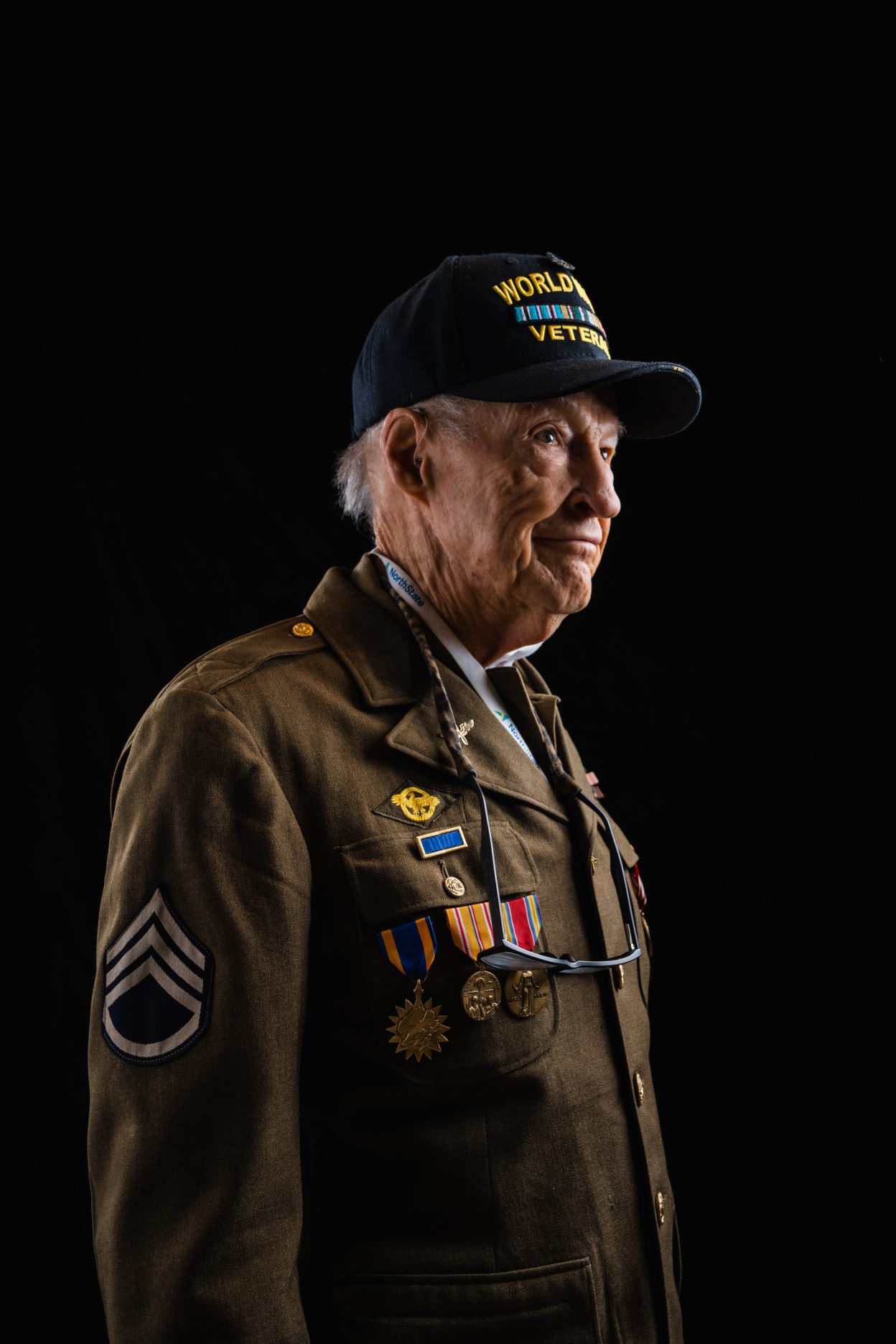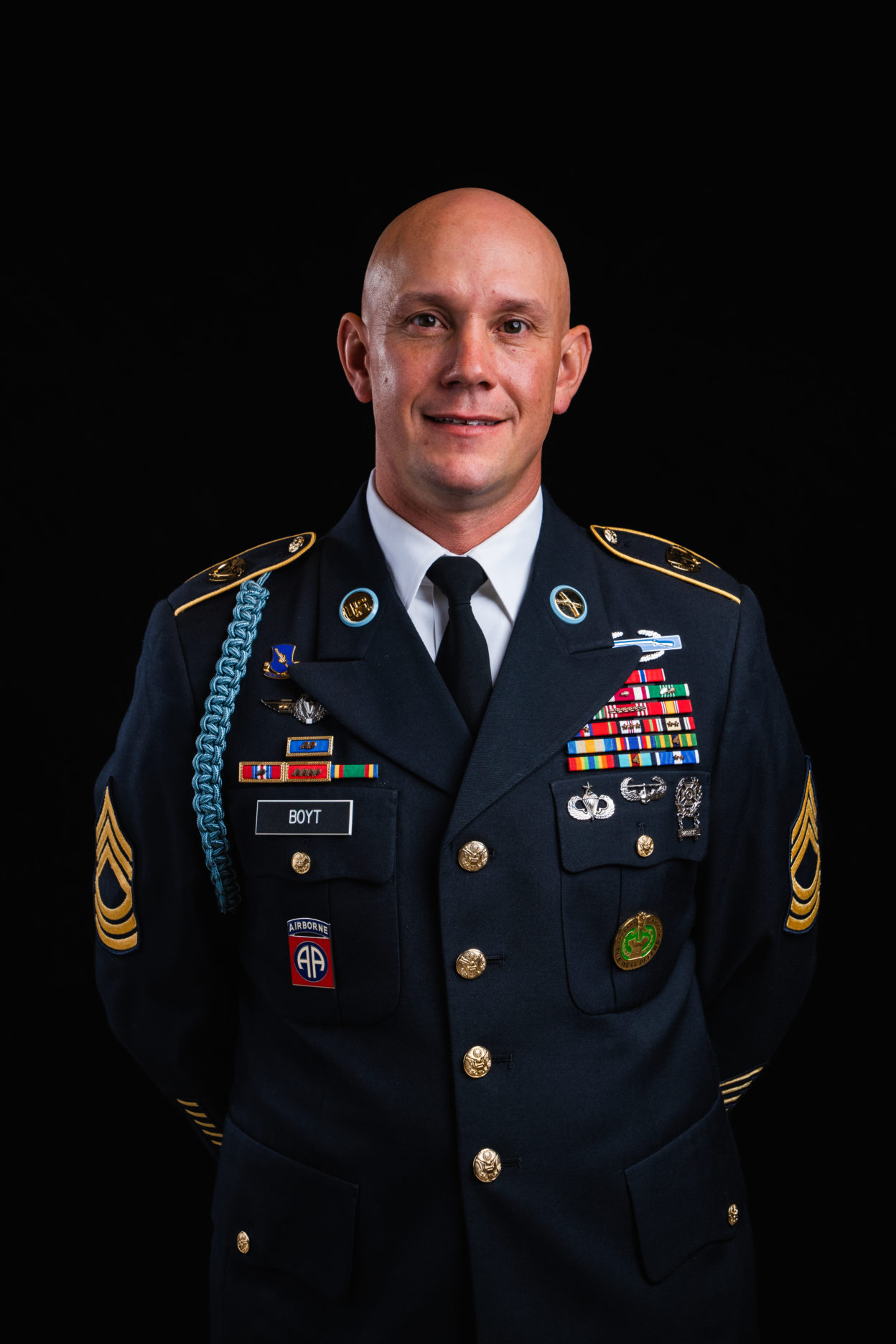Last Updated on November 21, 2022
When Tim Gray was 6 years old he picked up a book about World War II. Inside he found incredible tales that were both inspiring and horrific; the stories of ordinary men and women that banded together to help save the world. It made an indelible impression on Gray and documenting the stories of those who survived and what they went through ultimately became his life’s work.
“To me, that time period, the end of World War I, right through the end of World War II, was fascinating: how it shaped the world that we still live in today, how it shapes everything — who we are today, the freedoms that we have today and the borders across the world,” Gray said.
“I was really fascinated about how a generation could come together and put aside all their differences and work towards a common goal. And I think that’s more relevant today than it has been since World War II,” added Gray. “We were able to put down our hatred of Democrats and Republicans and everything else and kind of figure that, ‘Hey, we’re Americans. This is our job. We’re going to support the president and we’re going to move forward and win this war and then go on with our lives, but we’re going to do it not as a political party. We’re going to do it as Americans.’”
In 2006, the filmmaker began conducting mass interviews all over the world with survivors, combatants, and home front people. For those of us that haven’t been in the military, including Gray, it’s impossible to know what it’s like to be deployed overseas or to be in the midst of combat, but in listening we honor their experiences and hopefully learn from them.



“I try to get as close as I can by looking into their eyes and chronicling their stories, especially those who fought during World War II,” Gray said. “But I’ll never know. I’ll never know the shell shock part of it, I’ll never know the PTSD part of it, of being in combat.
“I think what you need to really do with any veteran of any conflict or war is listen to their stories,” Gray said. “Don’t interrupt them. Let them tell their stories. Have empathy for what they’ve done. Have pride in the fact that they’ve defended our country.”
USMC Colonel (ret) Vance Cryer served from 1991 until 2018, including six deployments to the Gulf region. Raised by his grandparents, Cryer was directly influenced to a life of service by a part of the “greatest generation.” His grandfather was a Merchant Marine in World War II, serving as an assistant anti-aircraft gunner aboard the USS Darnell and surviving its sinking by the Japanese in the Battle of Leyte Gulf.
“When you are young, you have the luxury to thinking about yourself, your wants, your desires,” said Cryer. “Once you join the service, self is just a chapter in the history books. Your focus is on the mission, the men and women who serve under you and with you. In short you figure out quickly, it is not about you.
“The beauty of this realization early is that it gives you a sense of value and purpose that is unlike anything you can find in the relentless pursuit of self-gratification,” Cryer reflected. “As you focus on serving others, you learn a lot about yourself. You learn how to focus on others’ strengths and not their weaknesses. You learn to invest yourself into the lives of others and you learn how to mentor, teach and coach those who will replace you.”
Today less than one percent of the United States population will volunteer and serve through active or reserve duty. 21-year-old Carolyn Sveden is part of that unique group, an AFROTC cadet at High Point University where she is in her senior year, majoring in chemistry. Both of Sveden’s parents served in the Air Force — her mother as a nurse and her father as a pilot.
“Hearing them talk about their military careers inspired me to continue their legacy of service to our country,” Sveden said. “Throughout my childhood, my parents reminded me of the Air Force core values: integrity first, service before self, and excellence in all we do. I am grateful for their influence and having been able to solidify these values throughout my time in AFROTC.
“The average American only sees what is highlighted in the news. Most people do not realize the full scope of the branches of the military and the positive effect that they have throughout the world,” Sveden continued. “During my time in the Air Force, I hope that I will have a positive impact on everyone that I work with or serve. As a weather officer, I am excited to see different parts of the world and take advantage of many opportunities, while supporting the overall mission.”
While a smaller number of young Americans are committing to serve, members of the oldest generation are leaving us. The median age of living World War ll veterans is now 96 years old. Capturing the perspective of these men and women is a race against time for Gray. According to the US Department of Veterans Affairs, only about 167,000 of the 16 million Americans who served in World War II are still alive today and we’re losing over 350 every day. There will be fewer than 100,000 still alive in two years, less than 50,000 in 2026, and within 20 years, they’ll all be gone.
“We’re losing that ability to be able to touch and talk to that generation that saved the world,” Gray acknowledged. “I think that’s important in terms of learning, in terms of that blueprint, on how to be better people, to be better Americans, to get along, to come together to solve the problems of our country rather than be so divided. It’ll be a sad day when we lose that final connection.”
In 2011 Gray founded the World War II Foundation, with the mission of educating younger generations. His documentaries air on Public Broadcasting stations across the country and are available to educators and the general public at no cost. Gray has produced 31 films to date and has another 10 in production. The interviews have taken him from the Guadalcanal to the Oval Office, to Iwo Jima, Pearl Harbor, Hawaii (10 times), Normandy, France (15 times) and Auschwitz and Treblinka Concentration Camps.
“When we teach the younger generation, we try to relate it to what they would’ve been doing during the war as a 17 or 18 year old or a 15 year old,” said Gray.
“These kids can’t believe that somebody their age went off to fight a world war, landed on Omaha Beach on D-Day, fought in Normandy, fought through France and Holland and Belgium and into Germany, and then came home and finished their junior year of high school, or went back to their senior year of high school or started college. They can’t believe that a generation did that. And that just goes to show you what this generation is capable of and what future generations are capable of when put under extraordinary circumstances.”
While Gray’s focus has been on those who survived World War II, he reminds us that every war is unique and every experience of war is as well, because every human experiences war differently.
“Every veteran who served in any war since George Washington and the Revolution, every veteran has had their own individual experience in that war or conflict that is unlike that of anyone next to them. They all see the war differently. They all experience it differently. So, no two veterans we’ve ever interviewed have shared the same story. They could have been in the same fox hole, they could have been fighting the same battle. They could have been in the same place at the exact same time, but their stories are interpreted differently based on who they are as human beings.”
The unique experiences of each and every veteran reinforce why it’s important to take the time to listen to each of their stories, to pause and thank them for their service, and glean wisdom from the experiences they have been through to lead us forward.
“The greatest generation managed to unify the nation to take on the challenges they faced. We too are facing global challenges,” said Cryer, currently a member of Lockheed Martin Missiles and Fire Control Advanced Programs. “Our test will be if we can set our own personal goals aside to invest and serve each other, come together in unity and make sacrificial contributions that will benefit the next generations of Americans who we will never meet.”















